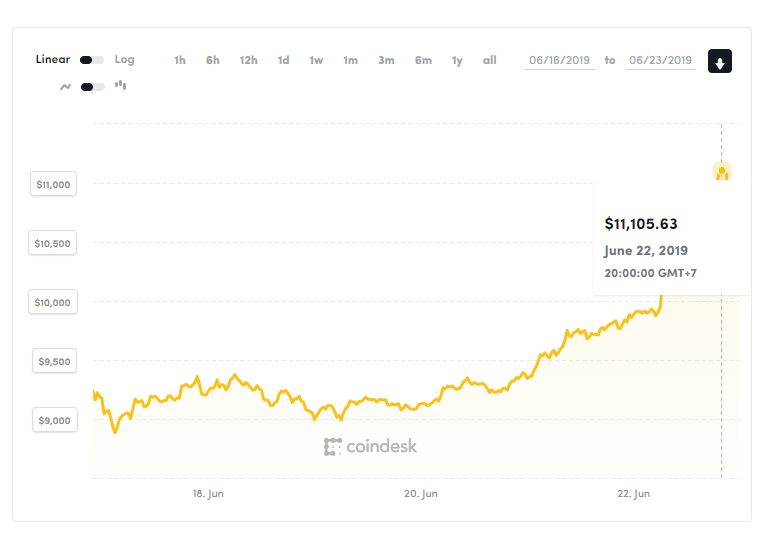U.S. President Donald Trump authorized the Pentagon to launch a series of cyberattacks to take down Iranian computer networks responsible for rocket and missile launches.
The strike against the Islamic Revolutionary Guard Corps was coordinated with U.S. Central Command, the military organization with purview of activity throughout the Middle East.
Reported by The Washington Post, the move was initiated after Iran shot down a U.S. surveillance drone the country said was violating its airspace, and after the President approved and then pulled back from conventional military attacks on radar facilities, missile batteries and other targets in Iran.
According to Thomas Bossert, a former senior White House cyberofficial in the Trump administration:
"Our US military has long known that we could sink every IRGC vessel in the strait within 24 hours if necessary. And this is the modern version of what the US Navy has to do to defend itself at sea and keep international shipping lanes free."

Back in April 2019, the U.S. has designated Iran's Revolutionary Guard as a foreign terrorist organization in response to its destabilizing behavior across the Middle East.
The Strait of Hormuz which divides Iran and United Arab Emirates, is a strategically important sea lane through which about one-fifth of the world’s oil passes daily. Located between the Persian Gulf and the Gulf of Oman, the Iranian cyber forces were said to have hacked several U.S. navy ships and navigation capabilities located in the region.
Here, the U.S. cyberattacks against Iran's Revolutionary Guard represented the first offensive show of force since Cyber Command was elevated to a full combatant command in May, and were only meant to cripple Iran’s military command and control systems.
What this means, the attacks didn't cause loss of life or civilian casualties.
Following the cyberattacks, the U.S. Department of Homeland Security issued a warning to U.S. industry that Iran has stepped up its cyber-targeting of critical industries - to include oil, gas and other energy sectors - and government agencies.
“There’s no question that there’s been an increase in Iranian cyber activity,” said Christopher Krebs, director of DHS’s Cybersecurity and Infrastructure Security Agency.
“Iranian actors and their proxies are not just your garden variety run-of-the-mill data thieves. These are the guys that come in and they burn the house down.”
“We need everyone to take the current situation very seriously. Look at any potential incidents that you have and treat them as a worst-case scenario. This is not you waiting until you have a data breach . . . This is about losing control of your environment, about losing control of your computer.”
The National Security Agency also urged the industry to be vigilant.
Private-sector analysts have documented a gradual increase in cyber activity done by Iran and its proxies targeting U.S. industry since 2014. Many of the attacks come from spearphishing attempts seeking access to U.S. computer systems in the energy sector.
Referring to the Iranians, an anonymous source told the paper that "this is not something they can put back together so easily."